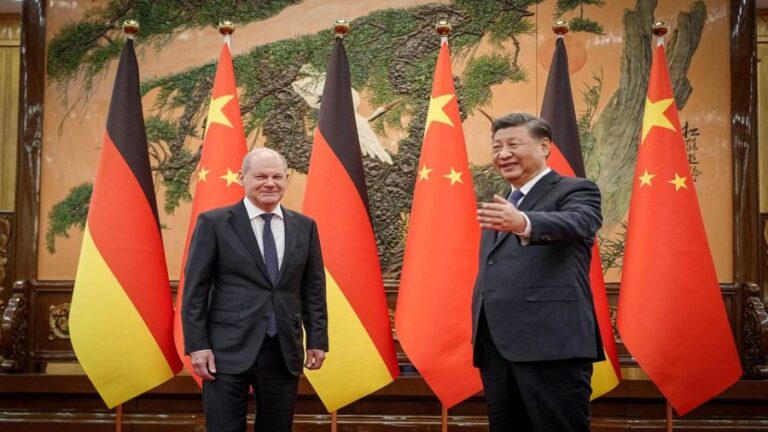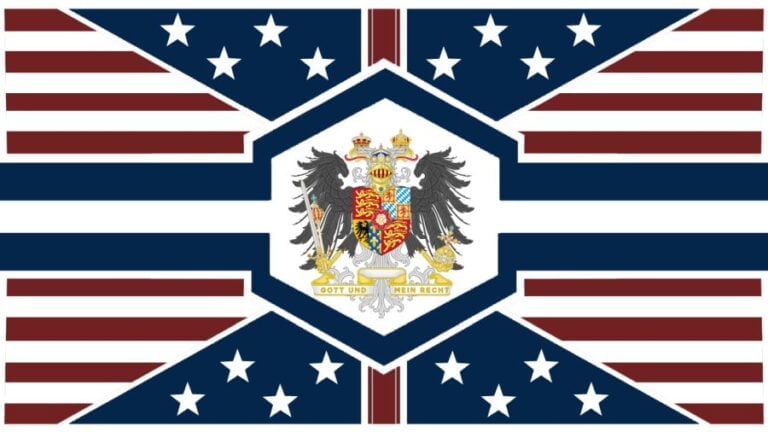Saudi Arabia Vs. Russia: The Next Oil Price War
International oil markets could be heading towards a new war, as leading OPEC and non-OPEC producers are vying for increased stakes. The unexpected cooperation between OPEC and non-OPEC countries, instigated by the full support of Saudi Arabia (OPEC) and Russia (non-OPEC) has brought some stabilization to the crude markets for almost half a year. The expected crude oil price crisis has been averted, it seems, leaving enough room when looking at the fundamentals to a bull market in the coming months. As long as Saudi Arabia, Russia and some other major producers (UAE, Kuwait), are supporting a production cut extension, financials will be seeing some light at the end of the tunnel.
The effects of the 2nd shale oil revolution, as some have stated, have been mostly mitigated by a reasonably high compliance of OPEC and non-OPEC members to the agreed upon cuts, while geopolitical and security issues have prevented Libya, Iraq, Venezuela and Nigeria, from entering with new volumes. Stabilization in the crude oil market, as always, is not only fundamentals but also geopolitics and national interests. The latter now could also be the main threat to a successful extension of the OPEC production cuts in the coming months.
Fears are growing that OPEC’s leading producer, Saudi Arabia, is no longer happy with the overall effects it is generating by taking the brunt of the production cuts, while at the same time, other OPEC members, such as Iran and Iraq, are looking at production increases. Saudi Arabia’s other main rival Russia is also not sitting idle. Even if Moscow is still fully behind the official production cuts, Russian oil companies have been aggressively fighting for additional market share in Saudi Arabia’s main client markets, China, India and even Japan. Iraq and Iran, in contrast to what was expected, have been cutting away share in Europe.
Threatened by its own successful agreement, Saudi Arabia is now feeling the heat on all sides. Some analysts are even proponing a doomsday scenario, implying that Riyadh has lost its grip on the largest oil markets. U.S. shale oil is increasing its market share, while addressing European options at the same time. Russia, Iran and Iraq have been pushing for market share in Asia, while taking up Saudi share in Europe. Until now, Saudi officials such as minister of petroleum, Khalid Al Falih, and Aramco’s Nasser, have been keeping quiet. No real hardline stance has been publicized until now by the OPEC leader. This could however change dramatically if recent indicators are correct.
In an unexpected move, Saudi Arabia has reported that it will try to regain some market share in one of its former main markets, Europe. In a move to increase the attractiveness of taking Saudi crude, the Kingdom has plans to change the way it prices oil for Europe from July. The new pricing plans could be effective from July 1, mainly to increase the appeal of Saudi crude by making it easier for customers to hedge. Media sources have stated that Aramco will introduce its European exports price against the ICE settlement for the Brent benchmark after years of pricing its oil against the Brent Weighted Average (BWAVE). Both price references are part of the Brent benchmark used to price much of the world’s crude. Clients at present find it difficult to hedge the BWAVE. This development has partly been snowed under as Aramco also has lowered prices for the Mediterranean and some Asian clients. U.S. clients will however be looking at higher prices.
Taking a bird’s eye view, the Saudi move could indicate a new market approach in the coming months or years. After a full focus on Asian markets and investment opportunities, as also shown by Saudi King Salman bin Abdulaziz’s month long visit to Asia, and Aramco’s multibillion spending spree, a sudden reorientation of part of the company’s future approach appears to be underway.
Russia has always had a very comfortable position in the European oil markets, as it is the largest supplier (around 32 percent in 2016). Moscow’s dominance in European energy is undeniable. This is now under pressure if Aramco, in addition to Iraq and Iran, is really entering the European market in a serious manner. In a more stabilized oil market, this would not really have a direct impact on price scenarios, but looking at the current volatility, a confrontation between Russia and Saudi Arabia in Europe could destabilize not only the market but also lead to a new price war.
Until 2015, Russian oil supplies had been dominating European markets, as most OPEC producers had no interest in European demand. Due to new players entering Asian markets, and the lower demand in the U.S., the Oil Kingdom is now looking for a confrontation. The Aramco move indicates that times are changing, and Europe could be the first new battleground. The Kingdom has a lot to gain (in volumes and share) as it is currently ranked 4th on feedstock supplies to European OECD countries in 2016, behind the former Soviet Union, Norway and even Iraq.
The Russian-Saudi oil war is already planned and partly implemented, as Russian oil company Rosneft indicated in 2015, accusing Aramco of dumping oil in Europe. The need for stabilization in the market in 2015-2016, and Aramco’s IPO, were reasons not to proceed with the conflict. Rosneft lately indicated that a European price war could force parties not to extend the output cut agreement for another six months.
The conflict is brewing, but has not yet come to surface. Saudi Aramco’s first moves to re-enter Europe, however, clearly show that they are not willing to keep picking up the bill for others. Asia has been partly consolidated for Saudi Arabia. Money will talk as additional outlets (refinery projects) were acquired by Aramco the last month. Europe, a very stable and surprisingly growing crude oil market, is now the stage for a possible price war scenario. Riyadh’s decision to change its European price setting is, however, a clear signal that there is a red line for the Oil Kingdom. No more market share will be lost without being confronted by a more aggressive and powerful Aramco establishment.
Both main parties, Russia and Saudi Arabia, are unwilling to risk a real price war. Putin’s future will be decided in the next 12 months, as elections are coming up, while the future of the young Saudi elite depends on an Aramco IPO. When taking a smarter approach, both nations could redirect their aggressive market strategies to the new incumbents in Europe. Iraq and Iran have been very smart by attempting to sneakily take market share from both sides. Combining Moscow and Riyadh’s power, a price war against the Iran-Iraq axis would be both more sustainable and feasible. The latter would also have the added advantage of not threatening the OPEC and non-OPEC production cut.
Registration of Crude Oil Imports and Deliveries in the European Union (EU28) 2016
By Cyril Widdershoven
Source: Oilprice









